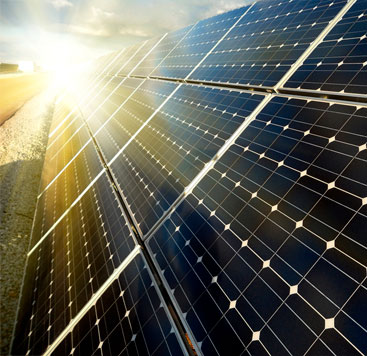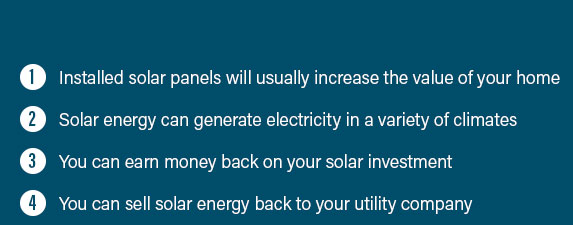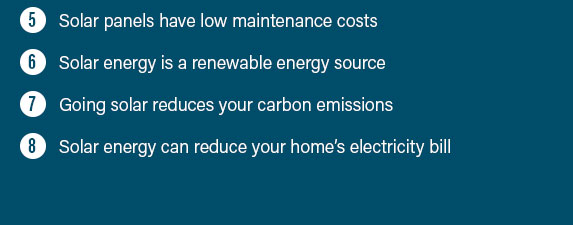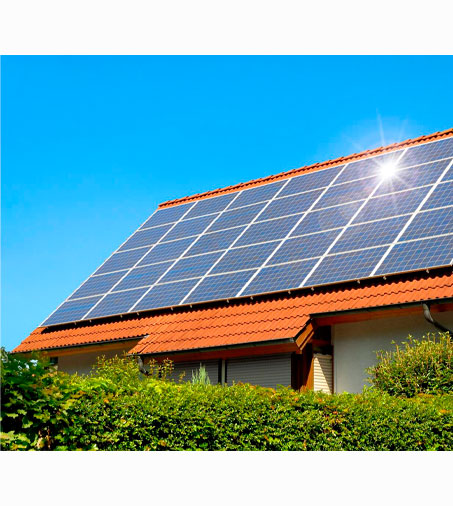 |
 |
 |
 |
 |
 |
 |
 |
 |
 |
 |
 |
 |
 |
|
 |
 |
 |
The True Cost of Installing Solar Panels: An In-depth ExplorationIn recent years, the quest for sustainable energy sources has gained immense momentum, and solar power has emerged as a frontrunner in this green revolution. If you're contemplating a switch to solar, one of the primary questions you're likely grappling with is, 'How much does it really cost to install solar panels? The answer isn't entirely straightforward, as several factors influence the final price tag. In this article, we'll delve into the various components of solar panel costs, providing a comprehensive guide that will arm you with the knowledge needed to make an informed decision. Firstly, it's important to understand that the cost of solar panels isn't just about the panels themselves. The overall expense encompasses several elements, including equipment, installation, permits, and potential maintenance. On average, as of 2023, the cost of installing solar panels in the United States ranges from $15,000 to $25,000 after tax credits and incentives. However, this figure can vary significantly based on location, system size, and individual energy needs. 1. Equipment Costs: The primary component of your investment is the solar panels themselves. The type and quality of panels you choose can greatly affect the price. Monocrystalline panels, known for their efficiency and longevity, tend to be more expensive than polycrystalline panels. However, their efficiency may mean you require fewer panels to meet your energy needs, which can balance the initial higher cost. 2. Installation Costs: This is where labor comes into play. Professional installation is crucial to ensure that your system operates safely and efficiently. Installation costs can vary based on the complexity of your roof, the height of your home, and the specific region you live in. It's wise to obtain multiple quotes from reputable installers to ensure you're getting a fair price. 3. Permitting and Inspection: Before installation begins, you'll need to obtain the necessary permits from your local government. This process can involve fees and inspections that add to the overall cost. While these costs are usually a small percentage of the total investment, they are essential for compliance with local regulations and safety standards. 4. Incentives and Tax Credits: Fortunately, there are numerous incentives and tax credits available to help offset the initial cost of solar panel installation. The federal solar tax credit, for instance, allows you to deduct a significant portion of the installation costs from your taxes. Additionally, many states offer rebates and incentives to further reduce the financial burden. It's advisable to research the specific incentives available in your area, as these can substantially decrease your out-of-pocket expenses. 5. Long-term Savings: While the upfront costs might seem daunting, it's essential to consider the long-term savings associated with solar energy. By generating your own electricity, you can significantly reduce or even eliminate your monthly utility bills. Over time, these savings can more than compensate for the initial investment. Moreover, with rising energy prices, your savings are likely to increase in the future. In conclusion, while the cost of installing solar panels can vary widely, understanding the various components and potential savings can help demystify the process. The decision to invest in solar energy is not just a financial one; it's also an investment in a sustainable future. By carefully evaluating your options and taking advantage of available incentives, you can make a choice that aligns with both your economic and environmental goals. Remember, the journey to solar energy is not just about cost-it's about value, both for your wallet and the planet. https://green-living.na.panasonic.com/articles/how-much-do-solar-panels-cost-breaking-down-the-price
The average residential solar system costs between $13,000 and $20,000, although costs can range as high as $40,000 for ... https://www.cnet.com/home/energy-and-utilities/solar-panel-cost/
The cost of a solar system installation can vary widely when you compare the efficiency rate of the solar panels and other installation expenses ... https://www.quora.com/What-is-the-average-cost-of-installing-solar-panels-on-a-house-Are-there-any-affordable-options-for-individuals-with-limited-funds-to-access-solar-power
The first thing I found was this: According to our solar experts, solar panels cost about $19000 to install in the United States, ...
|